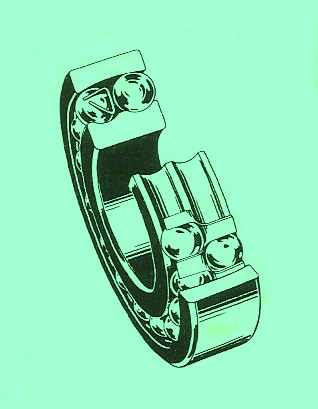What Goes Into Making A Bearing
August 10, 2017
At our Hydrostatic Pump Repair Site, we offer many types of Hydrostatic Transmission Repair and information relating to Hydrostatic Parts
Today we will discuss;
Bearing Materials Part 1
Plain Journal Bearings are made from the these materials:
Babbitt (tin base – lead base)
Cadmium base
Copper Lead
Bronzes
Aluminum
Silver (over plated)
Babbitt’s is the best material bearings can be made from, also known as the White Metal, for the different alloys in the bearing. These alloys were named after Isaac Babbitt. This type of bearing is the bases for which all bearings derive from.
On smaller bearings there is a thin coating is used over steel or bronze. On the larger ones a thicker layer is applied when using for more heavier industrial type applications.
These have a lower load capacity and fatigue strength than other bearings. The strength decreases rapidly as temperature increases. To compensate, a thicker layer of high strength fatigue resistant material is used between the shell and a thin surface layer of babbitt.
They are the best bearing material in terms of comformability and embeddability. And score high in resistance when used to support steel journals.
Tin Babbitt’s have about 80-90% in them. Also, more expensive than lead bearings. They are used mostly for industrial applications, it performs better than lead. It also has a better corrosion resistance, score resistance and does better under high temperatures.
Lead Babbitt’s came around when tin was too expensive and hard to get. When used with lubrication have better score resistance than tin one. And the strength aspect of it is improved by a chilling treatment.
Need to know more about this topic, leave us a comment and we will get back with you.
800-361-0068
hydrostatic-transmission.com
